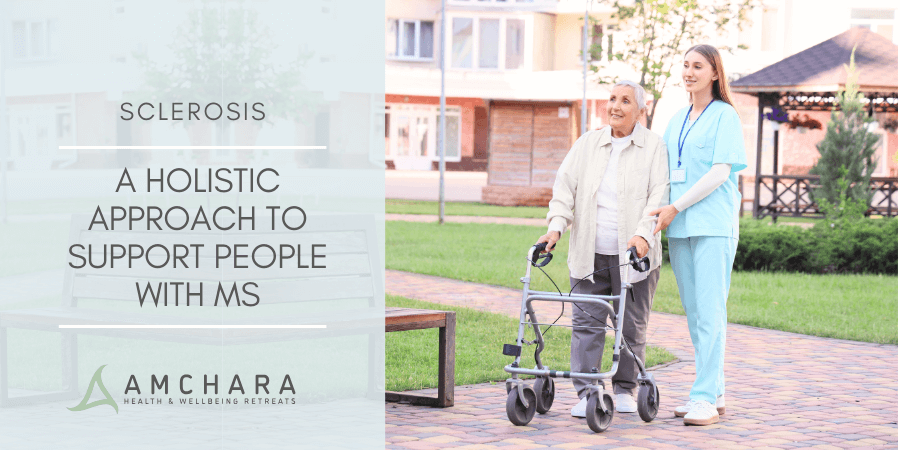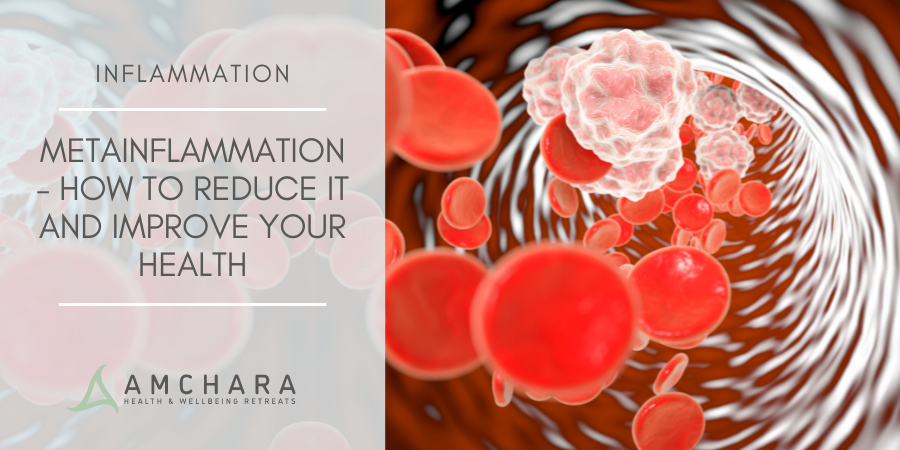High blood pressure, also called hypertension, affects a quarter of the UK population and is a leading cause of death worldwide. It is sometimes referred to as the ‘silent killer’ as there can be a lack of presenting symptoms initially. The lack of symptoms can make it difficult to know if your blood pressure readings are putting your heath at risk.
We always take an evidence-based approach and aim to provide you with actionable knowledge and tips to help you on your journey to optimal health. In this article we take a look at high blood pressure, what the readings mean and implications to health.
What is blood pressure?
Blood pressure describes the pressure blood exerts on arteries when it leaves the heart. It can be an indication of many aspects of cardiovascular health, including artery health, and elevated blood pressure has been linked to an increased risk of developing stroke, heart disease, kidney disease and also vascular dementia (1).
What do diastolic and systolic mean?
Blood pressure readings are taken with the use of a piece of equipment called a sphygmomanometer. Digital versions have allowed for better monitoring of blood pressure, particularly in the home environment.
When the blood pressure reading is expressed there are two numbers – one at the top and one at the bottom, for example – 120/80. These are measured in millimetres of mercury – mmHg.
The top number is the systolic blood pressure – this is the highest number and shows the force blood exerts on arteries with each heartbeat.
The bottom number is the diastolic number – the lowest level the blood pressure reaches in between beats when the heart is relaxed.
What is a healthy blood pressure?
Blood pressure can vary according to several factors including age, health status, diet, genetics and fitness level. In general, a healthy blood pressure for adults should be around 120/80 mmHg.
It is worth noting that several blood pressure measurements should be taken, and an average recorded. If only one of the numbers is higher or lower than average, then this may still indicate high or low blood pressure.
Know your numbers
Being aware of your blood pressure numbers can allow for early monitoring of the risk of cardiovascular issues and any changes can be tracked over time. As there are often no symptoms until blood pressure enters very high levels, the only way to keep track is to perform regular tests at home or attend a clinic.
The table below shows low, normal, and high blood pressure readings. (2, 3)
| Low | Under 90/60 mmHg |
| Normal | 90-120/60-80 mmHg |
| Increased risk | 135/85 mmHg |
| Hypertension | 140/90 mmHg or more |
| Severe hypertension | 180/110 mmHg or more |
What causes high blood pressure?
A variety of factors can influence blood pressure and it is normal for blood pressure to fluctuate throughout the day. The more physical exertion there is the higher the blood pressure will be, so it is therefore common to find blood pressure is lower at night.
Blood pressure readings should always be taken when at rest and in a comfortable environment, to prevent any natural fluctuations from altering the readings.
Other factors such as stress, anxiety, increased body weight, poor dietary choices, increased alcohol, smoking, poor sleep patterns and a lack of physical exercise can influence blood pressure.
Common symptoms
The distinct lack of symptoms associated with a rise in blood pressure is a major cause for concern and many people are unaware their blood pressure may be putting them at risk of other conditions. If blood pressure reaches a very high level the following symptoms may be seen:
- Nosebleeds
- Blurred vision
- Dizziness
- Shortness of breath
- Chest pain
- Headaches
Tackling high blood pressure
Hypertension is a leading lifestyle disease which means that several lifestyle alterations may be made in order to modify blood pressure. Losing weight, reducing stress, stopping smoking and increasing physical exercise are all beneficial.
Nutritional alterations can give significant benefit to blood pressure and cutting back on salt, caffeine and alcohol are commonly suggested by the medical profession. Increasing fruits and vegetables rich in nutrients like potassium and magnesium aid blood vessel walls and increasing omega-3 fatty acids found in oily fish, walnuts and chia seeds offers profound cardiovascular support.
Takeaway
Knowing your blood pressure numbers is vital and although it is particularly useful in advancing years, it may be worth monitoring blood pressure from the age of 50. Investing in a blood pressure monitor for home testing or visiting a clinic regularly are simple steps to take.
If you are concerned about high blood pressure and would like to know more about testing, or natural solutions to deal with hypertension, then a one to one consultation with an experienced Amchara Personalised Health practitioner can be beneficial.
We’re dedicated to providing you with both insightful information and evidence-based content, all orientated towards the Personalised Health approach.
Did you find this article useful?
We would love to know your thoughts.
With your comments we can continue the conversation.
Let us know if you track your blood pressure.
Read this next:




